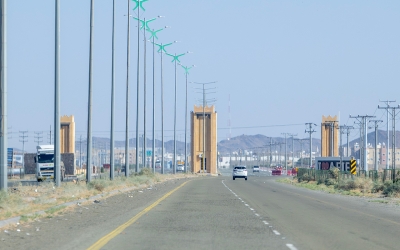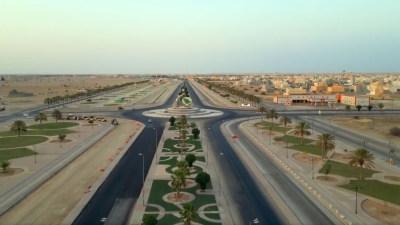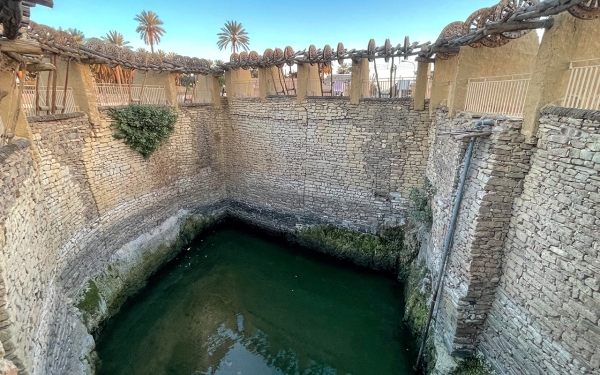
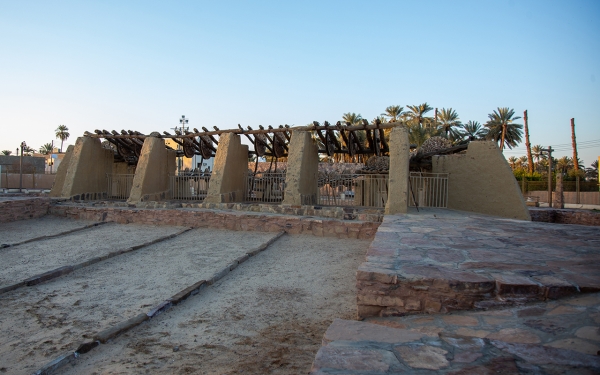

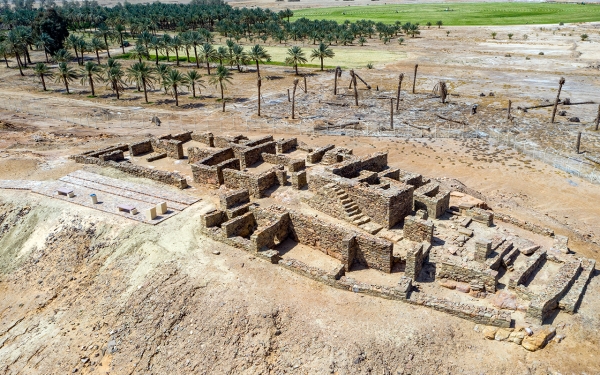
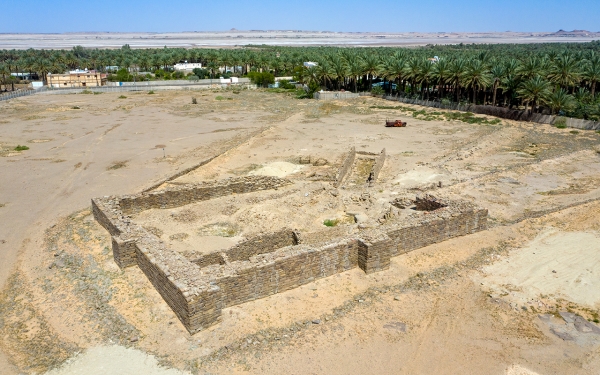
Tayma Governate is one of the governorates in the Tabuk Province northwest of the Kingdom of Saudi Arabia. It is located about 265 km southeast of the city of Tabuk. It connects with the al-Madinah al-Munawarah, Hail Province, and al-Jawf Province. Tayma Governate is known for its archaeological sites, historical landmarks, and rock engravings that date back over 85,000 years.
Historical landmarks in Tayma Governorate
Tayma Governorate has witnessed a succession of civilizations throughout its history. Its oldest monuments date back to the Neolithic period, around twelve thousand years ago. It subsequently witnessed the Bronze Age and then the Iron Age, during which it thrived and became one of the most important cities in the northern Arabian Peninsula.
Among the most prominent historical landmarks of the governorate is the outer wall, built in the sixth century BC. It is one of the longest historical walls in the Arabian Peninsula. There's also the al-Hamra Palace, dating back to the sixth century BC, and the al-Rudhma Palace, standing since the mid-1st millennium BC. Other notable sites include Haddaj Well, al-Samual al-Ablaq Palace, al-Bajidi Palace from the Abbasid era, the clay brick factory dating back to the second century BC, the Rujum Sa'sa' Field containing cairn tombs from the third millennium BC, and the industrial area where excavations uncovered pottery tools dating back to the sixth century AD. Additionally, there is Jabal Ghaneem, on which ancient symbols and religious inscriptions are engraved.
Archaeological discoveries in Tayma Governorate
One of the recent archaeological discoveries near the governorate is a human bone found in 2016, dating back to ninety thousand years. Additionally, a fossilized elephant tusk was also discovered, estimated to be over 500 thousand years old.
Tayma Governate is home to various inscriptions and writings in Cuneiform, Thamudic, Aramaic, Nabatean, and Islamic Arabic, found on pottery, sculptures, and carvings. Some inscriptions dating back to the eighth and sixth centuries BCE mention Tayma, stating that one of the kings of Babylon made it the capital of his kingdom. Tayma is also mentioned in an Aramaic inscription on a stela transported from Tayma to France in 1884. It is currently displayed in the Louvre Museum in Paris under the name "The Tayma Stone," which it became known for.
Tayma Governorate centers
Tayma is divided into twelve centers, which are al-Jahra, al-Kutayb, Arda, al-Jibaawiyyah, Ubeid, al-Asafiyah, Madaisis, al-Jadeed, al-Hazm, Fajr, al-Qulaybah, and al-Maazim. The total population of these centers is more than 42,000, according to the latest statistics as of 2022.
Tayma is an agricultural governorate with fertile soil, where groundwater and surface water are available. Palm cultivation is abundant, as well as grapes, pomegranates, figs, olives, and other fruits.
Related quizzes
Related articles

